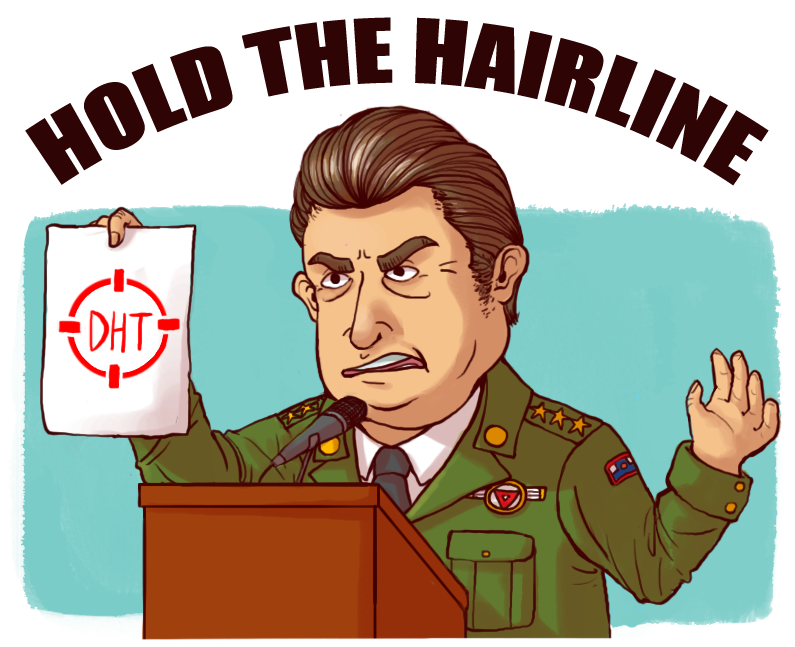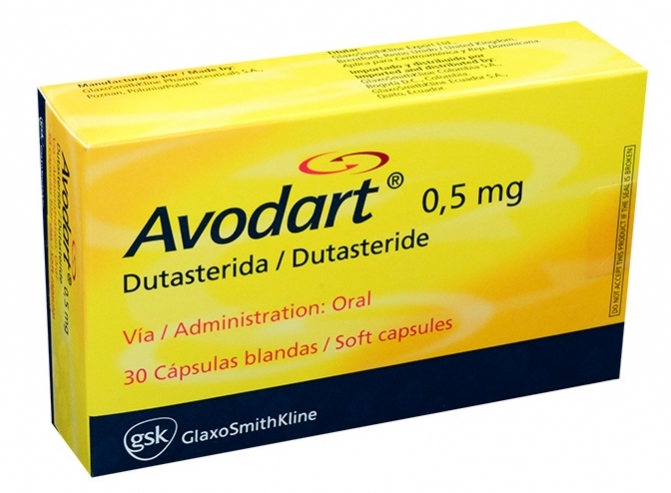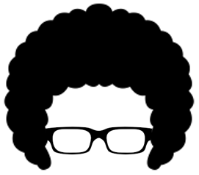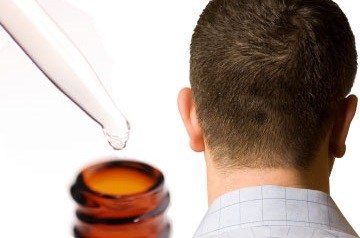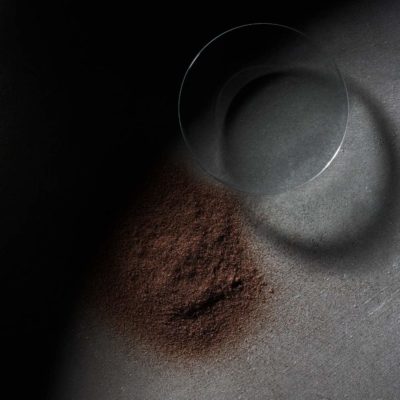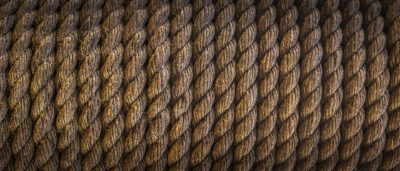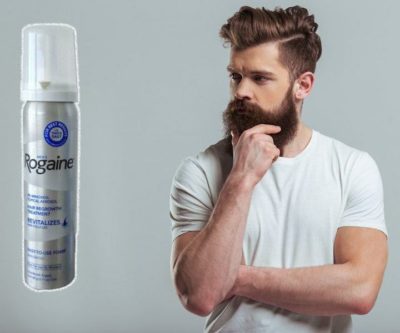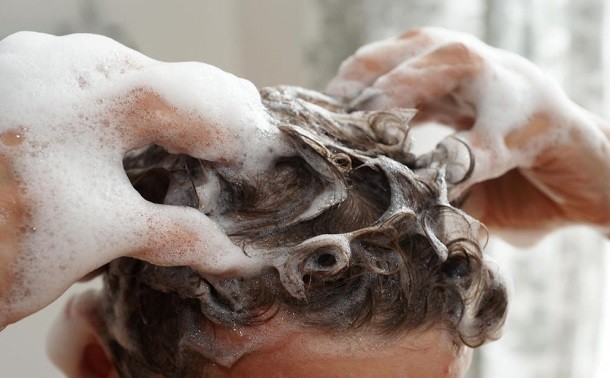Last Updated on January 16, 2019 by
Avodart (Dutasteride 0.5mg) is an FDA approved medicine for the treatment of Benign Prostatic Enlargement or BPH also known as prostate enlargement. Currently, Avodart is not an approved medicine for the treatment of male pattern hair loss. You may have heard some people talking about their great results with Avodart, which probably is true. Studies have shown that 0.5mg of Dutasteride is an effective treatment for pattern baldness. Some doctors will prescribe dutasteride for hair loss as an off-label treatment, though most are hesitant to do so because of the drug’s potency.
This page should not be taken as medical advice. You should always consult your doctor before starting a new medication especially off-label treatments.
How Does it Work? Finasteride (Propecia/Proscar) vs. Dutasteride (Avodart)
Similar to Propecia (Finasteride), the active ingredient in Dutasteride is an inhibitor of the enzyme 5 alpha-reductase responsible for the conversion of testosterone to dihydrotestosterone (DHT). There are two types of 5 alpha-reductase which are classified as Type I and Type II. Finasteride only blocks the Type II form of the enzyme.
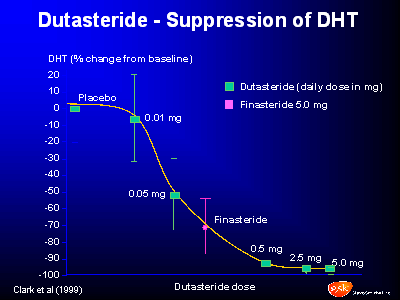
However, Dutasteride ups the ante so to speak, by blocking both Type I and Type II forms of the 5 alpha-reductase enzyme. Dutasteride is 3 times more potent than Finasteride at inhibiting Type I 5 alpha-reductase and 100 times more potent at inhibiting Type II 5 alpha-reductase. This increased potency comes with additional risk of experiencing adverse reactions.
There is an important thing to note about the Type I and Type II forms of the enzyme:
It is the Type II form that is found predominately in the hair follicle. As far as the Type I form is concerned, it is still unclear what exact role it plays in hair loss. The Type I form is predominately found in the scalp and sebaceous glands. Finasteride 5mg/day decreases serum DHT by 71% and scalp DHT by 38% while Dutasteride 0.5mg/day decreases serum DHT by 91% and scalp DHT by 54%.
Given these results one would assume dutasteride would be significantly more effective in the treatment of male pattern hair loss than Finasteride. Nevertheless, since the Type I form of the enzyme Dutasteride blocks is not present in large quantities in the hair follicles, the results are not as substantial as you’d expect.

Interesting Facts about Finasteride vs Dutasteride for Hair Loss
Here’s some things to know when it comes to using Dutasteride for hair loss:
- The common brand of Dutasteride is Avodart; Finasteride is Propecia.
- Dutasteride is prescribed for treatment of enlarged prostate (BPH).
- Dutasteride was patented in 1997, approved by the FDA for BPH in 2001, and has yet to receive approval from the FDA for male pattern baldness. Finasteride was approved for BPH in 1992 and male pattern baldness in 1997.
- Since it has been around longer, Finasteride is more extensively studied and its long term effects are better known than Dutasteride
- Dutasteride blocks about 90% of DHT vs. Finasteride blocks about 70%. See this study of 399 patients. In basic terms, this means Dutasteride is more effective at blocking DHT, indicating it very well may be more effective at preventing hair loss.
- A study of 416 in 2006 came to the conclusion Dutasteride produced better hair count results than Finasteride. For example men taking Finasteride 5mg on average gained 75.6 hairs whereas men taking Dutasteride 2.5mg gained 109.6 hairs.
- Dutasteride has a half life of about 4 weeks vs Finasteride has a half life of about 8 hours.
- Study data shows that Dutasteride is well-tolerated and safe. Like with Finasteride, while side effects with Dutasteride are rare, they can still happen.
Important Hair Loss Studies Involving Dutasteride
A study by Olsen et al. published in the Journal of American Academy of Dermatology in 2006 compares the efficacy of Finasteride and Dutasteride in relation to hair loss. Here’s a link to the same study on Pubmed.gov. It was completed on 416 men with male pattern hair loss ages 21 to 45 years old. Specifically, the study shows the effectiveness of Finasteride compared to varying dosages on Dutasteride. Doctors measured a target area of hair at the beginning of the experiment, than 24 weeks after daily usage of a placebo, Finasteride 5mg, Dutasteride 0.1mg, Dutasteride 0.5 mg, and Dutasteride 2.5mg. The test area after 24 weeks showed the men using the placebo had lost 32.3 hairs, Finasteride 5mg users gained 75.6 hairs, Dutasteride 0.1mg 78.5 hairs, Dutasteride 0.5mg 94.6 hairs, and Dutasteride 2.5mg 109.6 hairs.
Another study published in The Journal of Clinical Endocrinology and Metabolism tested 399 men with BPH on 5 mg of Finasteride and 5 mg of Dutasteride. What they found is that on average Finasteride blocked about 70.8% of DHT at a 5mg daily dose whereas Dutasteride blocked 98.4 at the same dose.
Hold the Hairline’s Take on Dutasteride for Hair Loss
In our opinion, Dutasteride should not be your first line of attack when it comes to preventing hair loss or trying to regrow your hair. The results above show that there is not a huge difference (though still notable) in the effectiveness of the treatments. For most men, the relative increase in results is not worth the risk of adverse side effects.
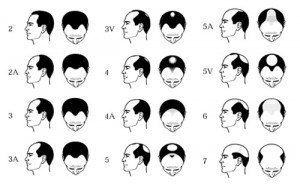 Not everyone needs to bring out the big guns to treat their hair loss, many people will respond well to the FDA-approved Minoxidil and Propecia. Propecia should always be your first line of attack when treating your male pattern hair loss. Why use a machine gun if a pistol gets the job done? According to the data, you have almost a 90% chance of halting the progression of your hair loss and a decent chance and regrowing hair that has been lost within the last five years.
Not everyone needs to bring out the big guns to treat their hair loss, many people will respond well to the FDA-approved Minoxidil and Propecia. Propecia should always be your first line of attack when treating your male pattern hair loss. Why use a machine gun if a pistol gets the job done? According to the data, you have almost a 90% chance of halting the progression of your hair loss and a decent chance and regrowing hair that has been lost within the last five years.
If you use the “Big 3” for at least 12 months and still see little results, Dutasteride could be a last ditch resort. The first step at this point would be talking to your doctor about trying the medicine. Do not attempt to buy the medicine online without a legitimate prescription. You’ll likely end up spending a great deal of money on something fake.
Of course, the counter argument is that you don’t want to mess around. You realize the downside is increased chances of side effects but you deem that doing whatever you can to keep your hair is worth this risk. You don’t want to lose ground trying Finasteride medication, then ultimately switch to Dutasteride anyway.
So why not just jump to the strongest medication available for hair loss?
We understand this line of thinking as well. If both sides of your family has severe hair loss and are in the upper classes of the Norwood Scale as seen to the left, and/or your appearance is extremely important to you or your profession, this may very well be the best route. A conversation with your doctor about Dutasteride as a treatment for your hair loss is the first step.
